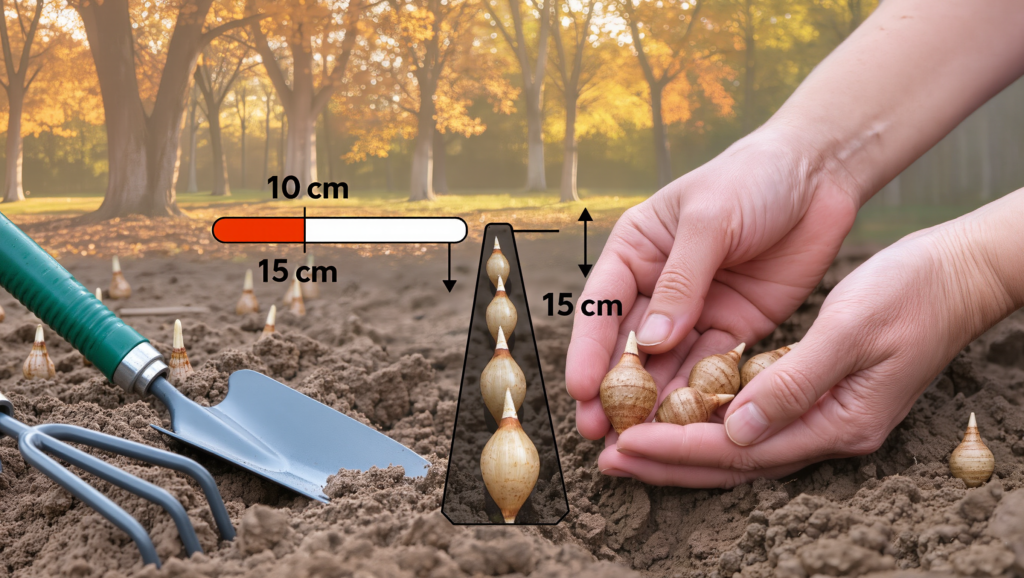When you sit down for dinner and savor the fresh vegetables or vibrant fruits on your plate, you might not realize that their nutritional value owes a lot to an extraordinary underground partnership. This partnership is between plants and mycorrhizal fungi, a hidden network of beneficial fungi that dramatically influence how well plants absorb nutrients, grow, and thrive. If you care about the nutritional quality of your food and the health of the soil that produces it, understanding mycorrhizal fungi is key.
What Are Mycorrhizal Fungi?
Mycorrhizal fungi are a group of soil fungi that form a symbiotic relationship with the roots of most plants, extending the root system’s reach far beyond its natural capabilities. This fungus colonizes plant roots and grows an intricate network of fine, thread-like structures called hyphae in the surrounding soil. These hyphae act as extensions of the plant’s root system, reaching nutrients and water far beyond the reach of roots alone.
There are two main types. Arbuscular mycorrhizal fungi (AMF) penetrate root cells and are associated with over 80% of plant species, while ectomycorrhizal fungi (ECM) form a sheath around roots of many woody plants.
How Mycorrhizal Fungi Impact Plant Nutrition and Soil Health
The partnership between mycorrhizal fungi and plants is mutually beneficial. Plants supply the fungi with carbohydrates produced through photosynthesis, while fungi enhance the plant’s nutrient and water uptake. This relationship provides several key benefits directly tied to the nutritional value of the food we eat.
- Improved Nutrient Uptake: Mycorrhizal fungi increase the effective surface area of plant roots, allowing plants to access nutrients like phosphorus, nitrogen, zinc, iron, calcium, magnesium, manganese, and sulfur that are otherwise tightly bound or scarce in soil. They produce enzymes that convert these minerals into bioavailable forms, enhancing uptake efficiency.
- Reduction in Nutrient Loss and Runoff: By efficiently absorbing nutrients, mycorrhizal fungi reduce losses from leaching or runoff. This not only retains vital nutrients in the soil but also minimizes environmental damage such as waterway pollution from fertilizers.
- Soil Structure and Health: The fungal hyphae produce glomalin, a sticky protein that helps bind soil particles, improving soil structure, aeration, and water retention—all of which support healthy plants.
- Enhanced Plant Growth and Stress Resistance: Mycorrhizae help plants withstand drought, salinity, pathogens, and heavy metals by improving water uptake, nutrient absorption, and inducing defensive barriers in roots.
Why This Matters for Your Dinner’s Nutrition
The nutritional quality of fruits, vegetables, and grains depends heavily on the nutrient content absorbed during their growth. When plants benefit from mycorrhizal associations, they uptake a richer suite and greater quantity of minerals and nutrients, directly translating into more nutritious food.
For example, phosphorus is vital for energy transfer inside the plant and is often limiting in soils; mycorrhizal fungi supply up to 90% of plant phosphorus in low-P soils. This enhanced nutrient uptake supports the synthesis of vitamins, enzymes, and micronutrients essential for human nutrition once we consume the plants.
Without this fungal help, plants may grow, but their nutrient density can be lower, making your fruits and veggies less beneficial for your health. This makes mycorrhizal fungi a hidden but crucial factor affecting the vitamins, minerals, and antioxidants that make dinner truly nourishing.
Implications for Agriculture and Sustainable Food Production
Modern intensive agriculture often relies heavily on synthetic fertilizers, which can reduce the dependence of plants on mycorrhizal fungi. Overuse of fertilizers and soil disturbances can reduce the abundance and effectiveness of these fungi in soil, negatively affecting long-term soil health, plant nutrition, and sustainability.
Encouraging mycorrhizal fungi through practices like reduced tillage, organic amendments, crop rotation, and inoculation with fungal spores can restore this vital relationship. This approach can lead to healthier plants that require fewer chemical inputs, maintain soil vitality, and produce more nutritious and sustainable crops.
Practical Tips for Gardeners and Consumers
- Gardeners and Farmers: Use mycorrhizal fungal inoculants when planting to enhance nutrient uptake and stress resilience. Minimize soil disturbance and avoid excessive synthetic fertilizer use that can suppress fungal activity.
- Consumers: Support organic and sustainable farming practices that promote soil biology and mycorrhizal fungi presence. Eating seasonally and locally grown produce is more likely to include nutrient-dense foods grown in healthy soils.
The Big Picture: Mycorrhizal Fungi and Ecosystem Health
Beyond individual plants, mycorrhizal fungi contribute to ecosystem functions such as litter decomposition, soil formation, carbon sequestration, and greenhouse gas regulation. By improving nutrient use efficiency and reducing nutrient runoff, mycorrhizal fungi help mitigate environmental impacts, supporting healthier ecosystems and cleaner water supplies.
Conclusion
The hidden fungal partnership beneath your vegetables and grains is a cornerstone of the nutritional value of your food. Mycorrhizal fungi extend plant roots’ reach, unlock vital nutrients, build healthier soils, and bolster plants against environmental stresses. This underground network directly influences how nourishing your dinner really is.
Recognizing and supporting this symbiosis through soil-friendly farming and gardening practices is essential for sustaining both human health and the planet. Next time you enjoy a vibrant garden-fresh tomato or a leafy green salad, remember the tiny fungi working tirelessly underground to make that meal nutritious and delicious.
Did you find this article helpful? Support us by following us on our social media for more content on natural health and wellness:: Youtube, Instagram, Facebook, Pinterest, Twitter (X)
Sources








